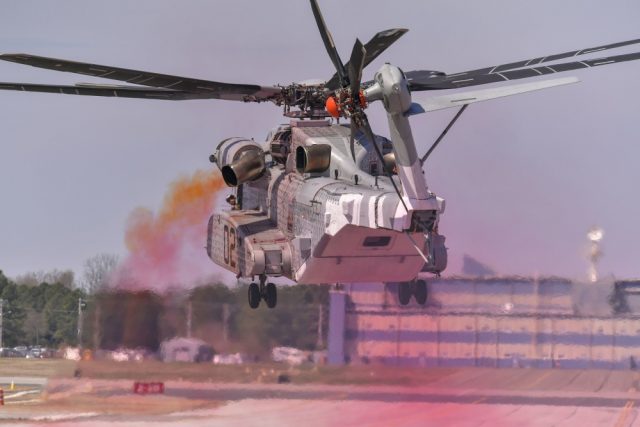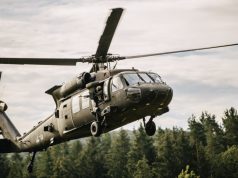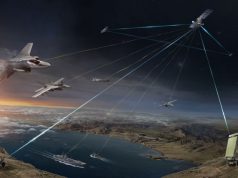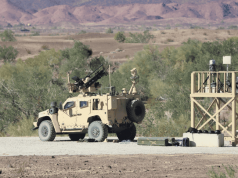
The ongoing engine integration issue for the US Marine Corps’ CH-53K King Stallion heavy-lift helicopter has been resolved through joint efforts between helicopter manufacturer Sikorsky and Marine Corps engineers, the Naval Air Systems Command announced.
This team of experts from a variety of engineering backgrounds came together to find and optimize aircraft modifications using computational modeling methodologies, risk management, flight test data and systems engineering tools.
The CH-53K King Stallion is an all-new heavy-lift helicopter that will expand the fleet’s ability to move more material more rapidly. That power comes from three new General Electric T-408 engines, which are more powerful and more fuel efficient than the T-64 engines currently outfitted on the CH-53E.
According to Debbie Cleavenger, PMA-261 assistant program manager engineering and the program office’s chief engineer, three engines created several integration issues, including the most troublesome – exhaust gas re-ingestion (EGR).
“EGR occurs when the hot engine gasses are ingested back into the system,” explained Cleavenger. “It can cause anything from increased life-cycle costs, poor engine performance and degradation, time-on-wing decreases, engine overheating and even engine stalls.”
“The systems constraints were significant,” said Cleavenger. “One change impacted multiple systems.”
Team members worked different root cause analyses in parallel, determining the cause and developing design models to mitigate causes for EGR. From those models, iterative flight testing resulted in a validated model to assess the most promising answer.
That model was then used to construct components for one of the test aircraft that flew a series of test flights to collect data to validate the model. The extensive set of flight test data was then condensed, analyzed and presented in December 2019 to show that the result performed as predicted and provided an overall design modification that would meet the needs for fleet aircraft.
“This is exactly what an integrated test team is supposed to do,” said Perrin. “Bring their expertise to a project, look for resolutions in a dynamic and collaborative environment, determine the best path forward and keep this aircraft on track to the fleet.”
The US Marine Corps intends to buy a total of 200 CH-53K helicopters.


























